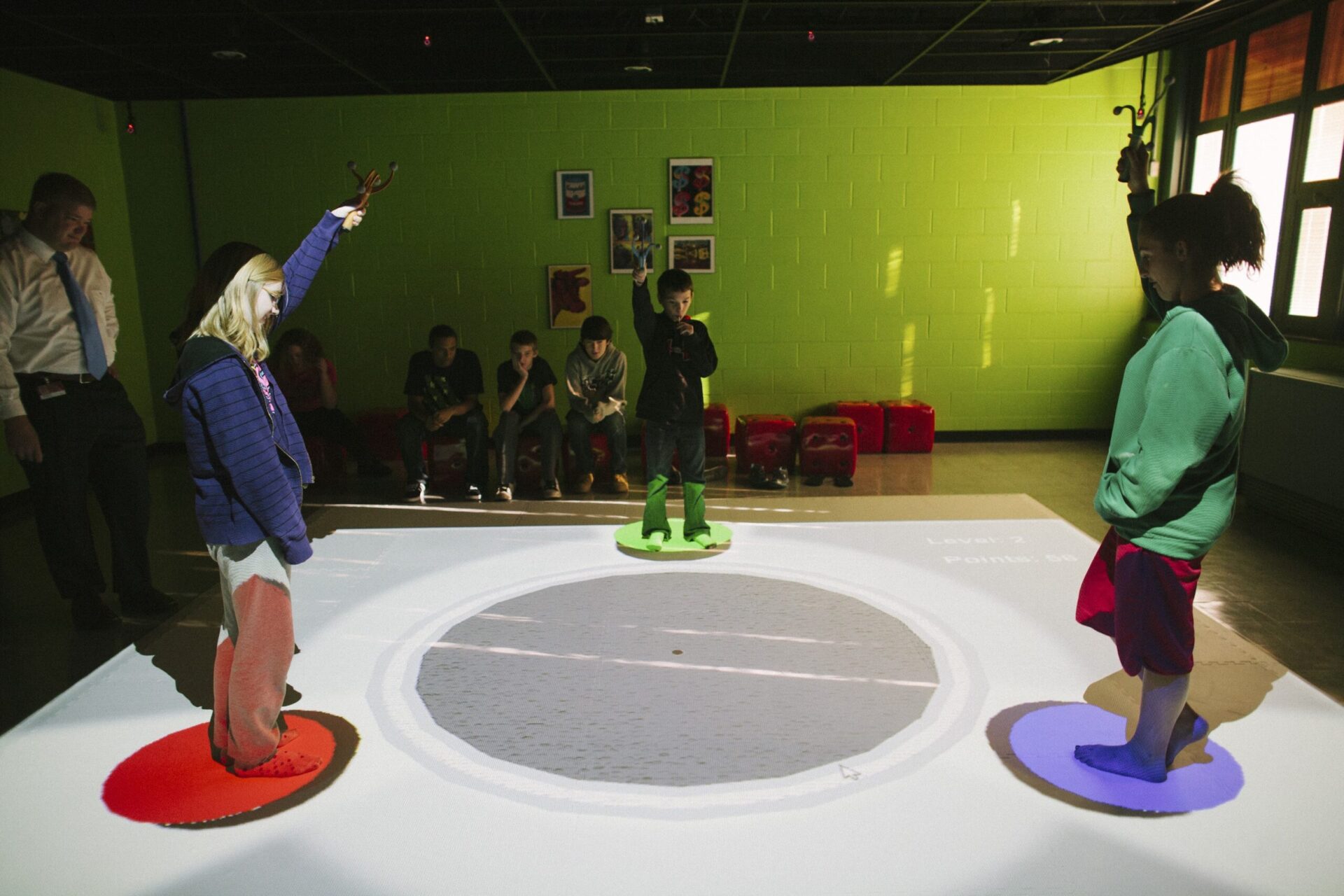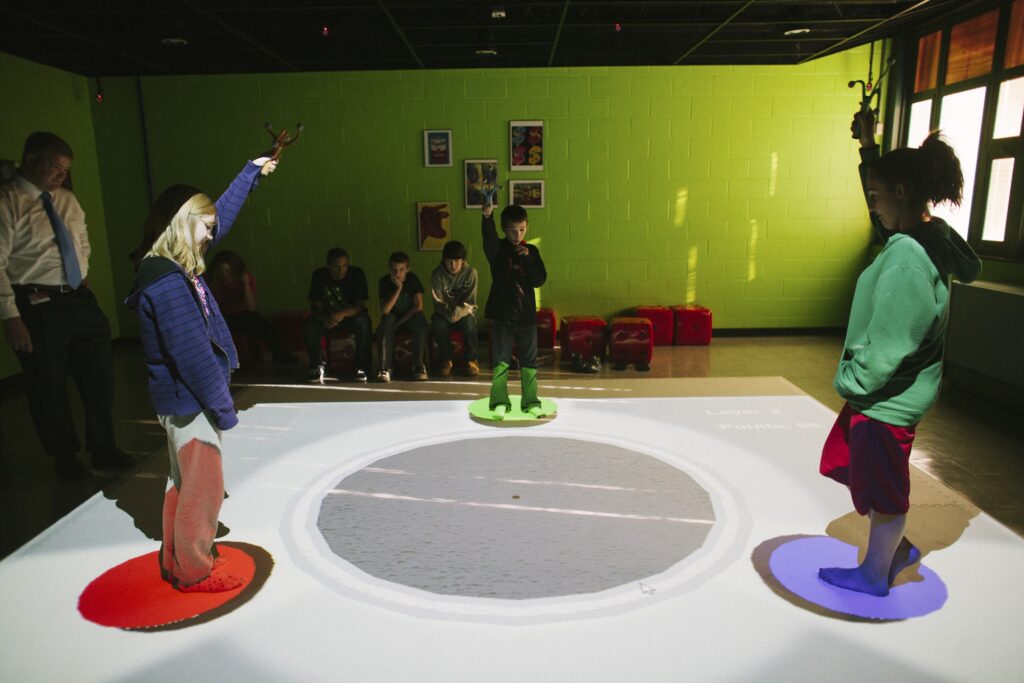Todd Keruskin remembers his father marveling over how much hospitals had changed in the time between his heart surgery in the early 1990s and the surgery he experienced just a few years ago.
Two decades of digital transformation had come to medicine. The goal of getting healthy remained the same. And yet the tools, tests and even the design of the operating rooms were very different. This embrace of technology has saved lives, but it also required doctors and nurses to build new skills and reshape their understanding of their work.
Educators are facing their own industry-wide digital transformation, says Keruskin, superintendent at Elizabeth Forward School District in suburban Pittsburgh. As in medicine, the changes are both wonderfully life-changing and also daunting. It’s no small thing to bring personalized, digitally powered learning to every classroom in a community.
Keruskin’s district has been methodically pursuing this transformation for a decade, he says, and their work is far from complete.
But along the way they’re seeing positive results and earning accolades, including their recent Digital Ecosystem of the Year award from the National Council on Digital Convergence (NCDC).
https://youtu.be/xc1nltkWN04 Elizabeth Forward was recognized by the NCDC for designing, developing, and deploying a digital ecosystem that reflects the integration of hardware, software, & content to enhance personalized learning.
Like many districts, their work has been vaulted further forward by the pandemic as the use of digital tools has increased. As they continue grappling with this work, their discoveries may help point the way for districts that are just beginning to build a fully learner-centered experience.
THE CHALLENGE
Recent research from Learning Heroes shows that while 92% of parents believe their child is at or above grade level in reading and math, the actual number of those performing at grade level is closer to 35%. And the degree to which children may be above or below their grade level varies widely.
So how can one teacher educate a roomful of kids when some need help catching up while others are hungry for more challenge? Even if teachers are committed to the idea of working with each child as an individual, how do they find the time and energy to meet each child right where they are on a given day?
To answer this question, the administration took on the role of a curious 21st-century learner—researching and experimenting to find good solutions.
WHAT THEY DID
Beginning nearly a decade ago, Elizabeth Forward began tapping the wisdom of experts inside and outside of their community. They reached out to learning scientists at places like Carnegie Mellon University, and connected with the Chan-Zuckerberg initiative and Modern Teacher. By seeking knowledge wherever it might be found, they leveraged their real-world ecosystem to build the best digital ecosystem for their students.

That led them to research about the importance of training teachers in the art of grouping kids accurately and regrouping them frequently: “Group work has been happening for years,” Keruskin says, but research has begun to show that “teachers who regrouped almost on a weekly basis showed the most growth with kids.”
In 2019, research also led them to choose the learning management system (LMS) Canvas. They opted for this LMS because it’s both customizable and expansive.
Teachers can create their own “playlists” for the day’s learning and with help from Modern Teacher they have created what Keruskin calls “unique learning environments” within Canvas. Meanwhile, the other learning software they use can be accessed from inside Canvas, so kids don’t need to log in and out to do their work.
WHY IT WORKED
Elizabeth Forward’s recent award from LCDC was for “the district who has designed, developed, and deployed a digital ecosystem that reflects the integration of hardware, software, and content to enhance personalized learning.”
But Keruskin is clear: Even the best hardware, software and content won’t truly help students thrive without a caring adult right there teaching and supporting the kids.
Throughout the process of building their system of personalized learning, people have remained at the heart of even the most digitally focused decisions.
WHAT OTHER COMMUNITIES CAN LEARN
Fred Rogers discovered many decades ago that technology can reach children in amazing ways, but tech-enabled learning requires the presence of caring adults.
His insistence on the essential importance of human connection and compassion is as relevant today as it was when he started broadcasting in 1968. And it can inform the choices schools make as they pursue personalized, digital learning in 2021 and beyond.
Learning happens when teachers offer a powerful mix of direct instruction and encouraging independent work. So it’s important that teachers are offered professional development around both of these skill sets, and that teacher training is truly personalized.
“The days of putting everybody in an auditorium and giving them the same professional development are way, way over,” Keruskin says. Just like their students, these teachers need a mix of digital instruction to use at their own pace and hands-on, face-to-face support from another human being.
One way to make that happen: Elizabeth Forward redefined the position of “technology director” into the more expansive role of “director of digital teaching and learning.” Then they filled the position not with a tech expert, but with one of their own teachers. Rarely in his office, he works closely with teachers as they master new tech skills.
Like all districts, Elizabeth Forward is still figuring out what life will look like post-pandemic. But they’re excited to see how they might take the best aspects of this strangely disrupted school year and use them well once all learners are back in classrooms full-time.
Change is challenging, but it can be wonderful, Keruskin says. “You can’t go back to just worksheet after worksheet. And you can’t go back to a first-grade teacher who just teaches first-grade curriculum.”
